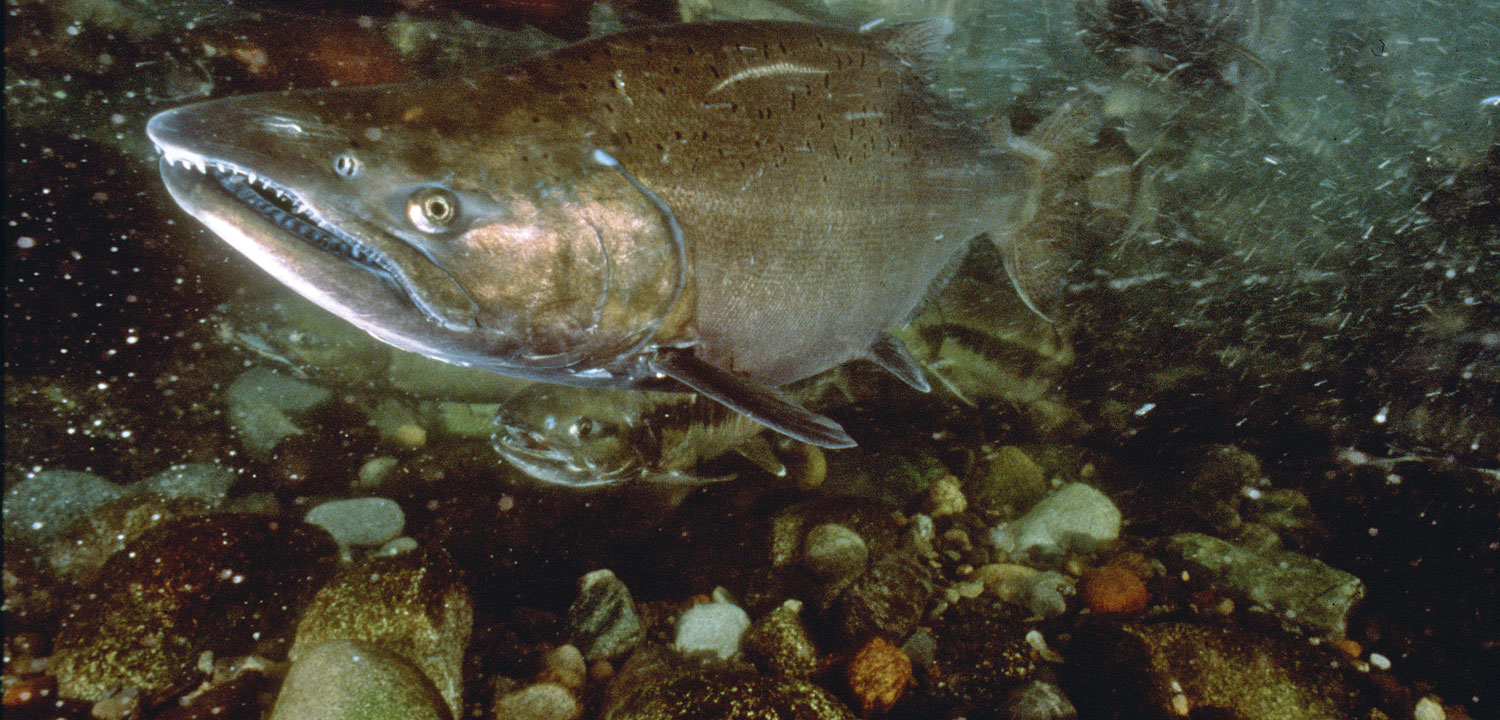In the March 10 editorial about the recovery of Columbia Basin salmon, the Oregonian asks an important question: “Is the world’s most ambitious wildlife recovery plan doomed?”
The editorial board highlighted the massive hatchery releases in the Columbia Basin that are fulfilling long term commitments to replace salmon runs lost to the 18 main stem dams and accompanying reservoirs. Without these hatcheries, salmon runs would reach a fraction of current levels.
But, as the editorial board notes, scientific research shows that hatcheries are impeding the recovery of the remaining wild runs of salmon and steelhead in the Columbia system. Despite the investment of $15 billion since 1978, no race of wild Columbia basin salmon or steelhead has recovered enough to be removed from the federal Endangered Species list. Instead, we pump hundreds of millions of hatchery fish into the Columbia system every year. This crowds wild fish rearing habitat with juvenile hatchery fish. And when wild and hatchery fish interbreed, it weakens the finely tuned genetic adaptations each race of wild fish has for its home waters. New proposals would add even more hatchery fish, including 5 million to the free-flowing Hanford Reach section of the Columbia – the last major stronghold for wild Chinook salmon.
Why are wild fish important? Because we need the hundreds of small, locally adapted populations and their genetic diversity to allow the salmon and steelhead to have a chance to adapt and survive in the changing landscape of the future. Amazingly, some wild runs have already begun to do this: witness the resurgence of upper Columbia wild sockeye, which reached nearly 500,000 fish in recent years.
We are entering an uncertain time for salmon. The last few decades have seen some large salmon returns, thanks in part to a period of high ocean productivity. Now scientists are saying these conditions may not continue and we are headed for a low productivity cycle. Already the “warm blob” in the ocean off the Pacific Northwest has drastically altered the food chain and is weakening salmon returns. With a projected increase of warm flows and droughts and the relentless pressure for sport, commercial and tribal harvest, we may see the Columbia salmon spiral down, much like salmon are doing today in the Sacramento.
Is the Columbia salmon recovery doomed? I do not think so. But we cannot reach recovery, or even survival, unless we better manage the Columbia River fisheries for diversity. That’s why we need to follow the recommendations of the Northwest Power and Conservation Council’s Independent Science Advisory Board to set and meet biologically based spawning goals for native salmon and steelhead in each tributary of the Columbia River system.
We need a better balance between hatchery and wild fish. The remaining wild populations in each watershed are our nest eggs. They are the long-term survivors, and contain the keys for future resilience.
Guido Rahr is president and CEO of Wild Salmon Center. This opinion piece was originally published March 14, 2016 in the Oregonian.
